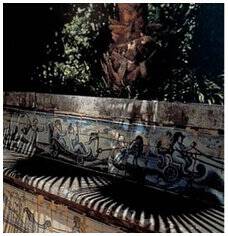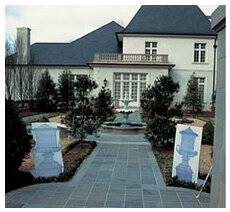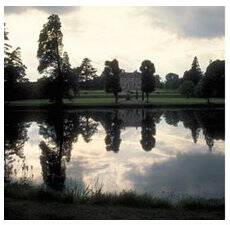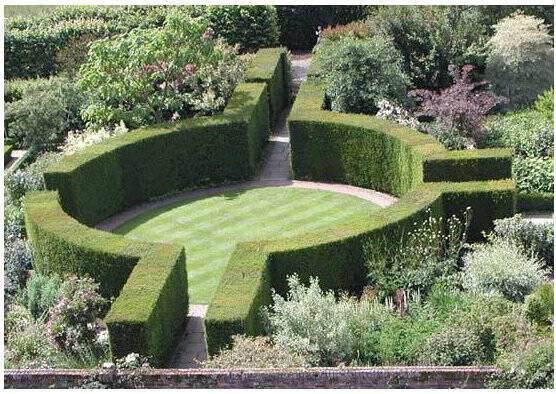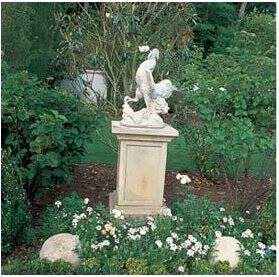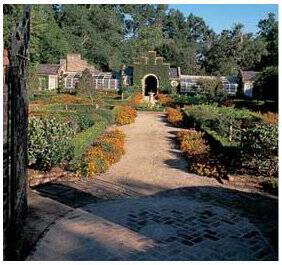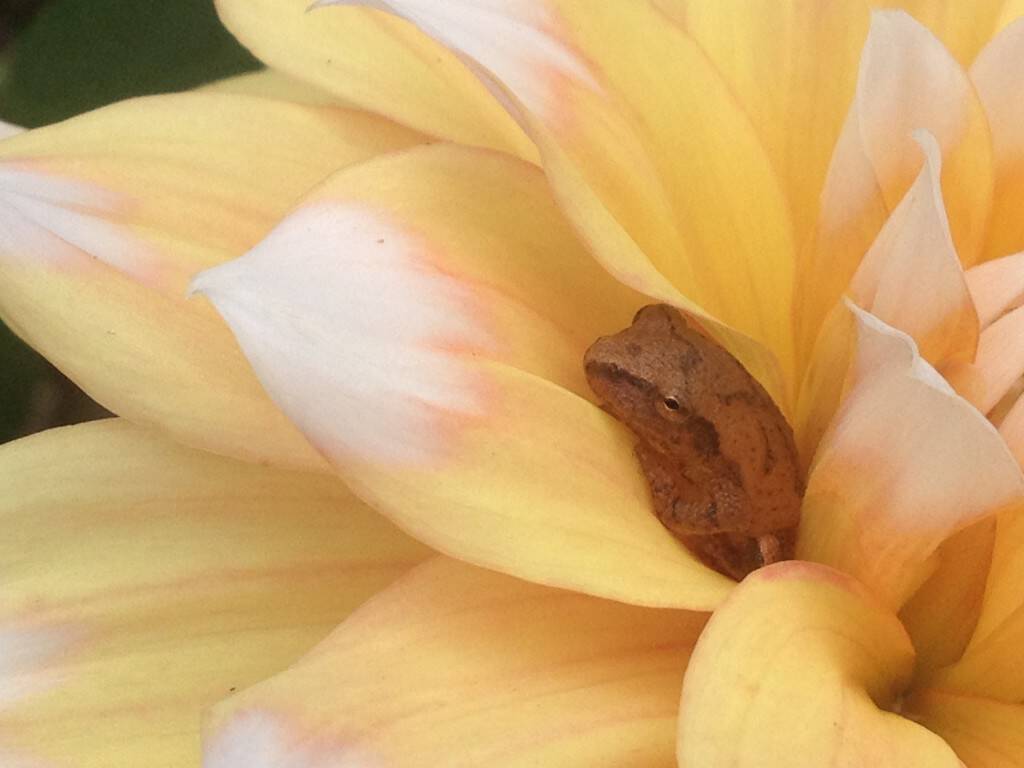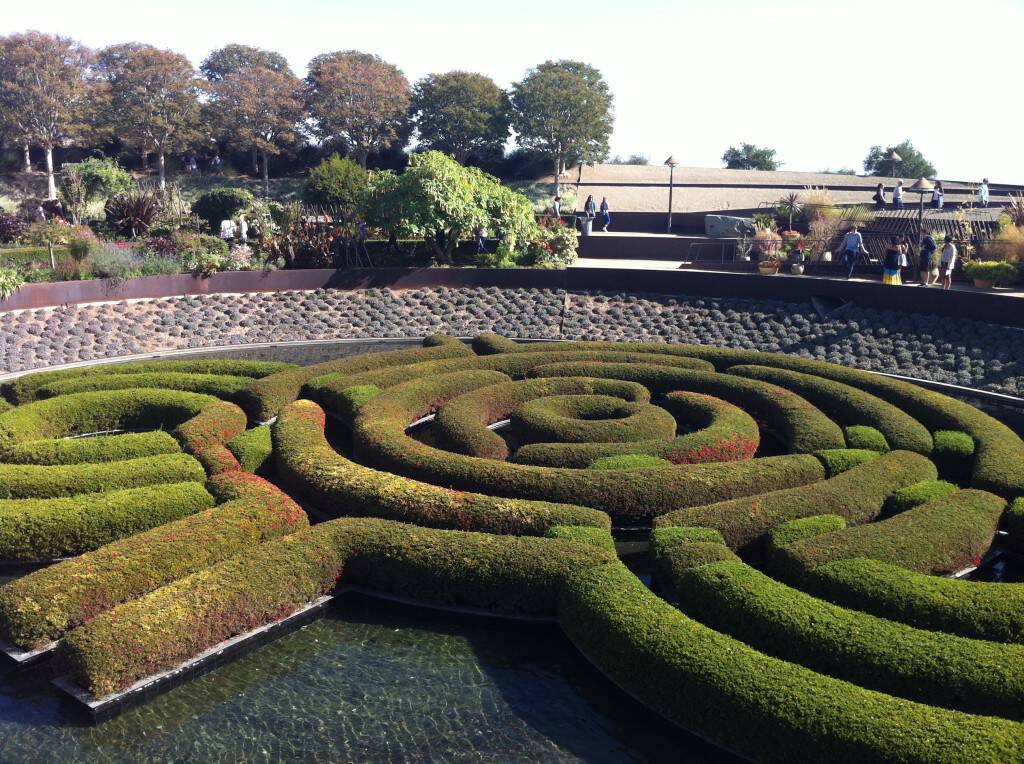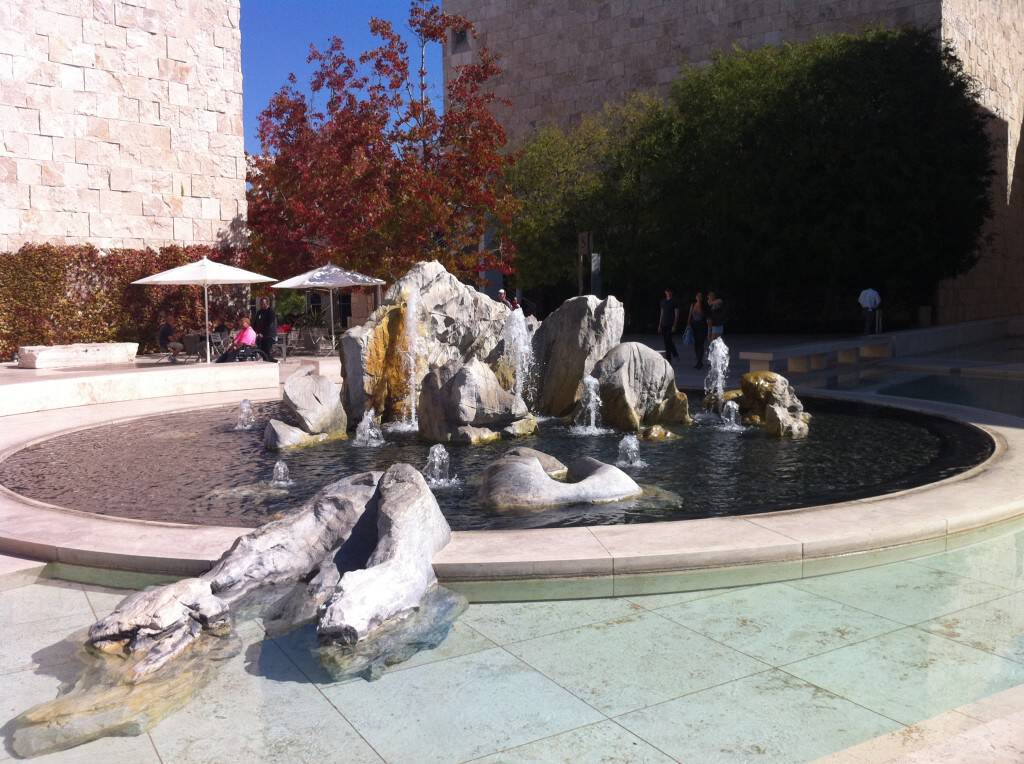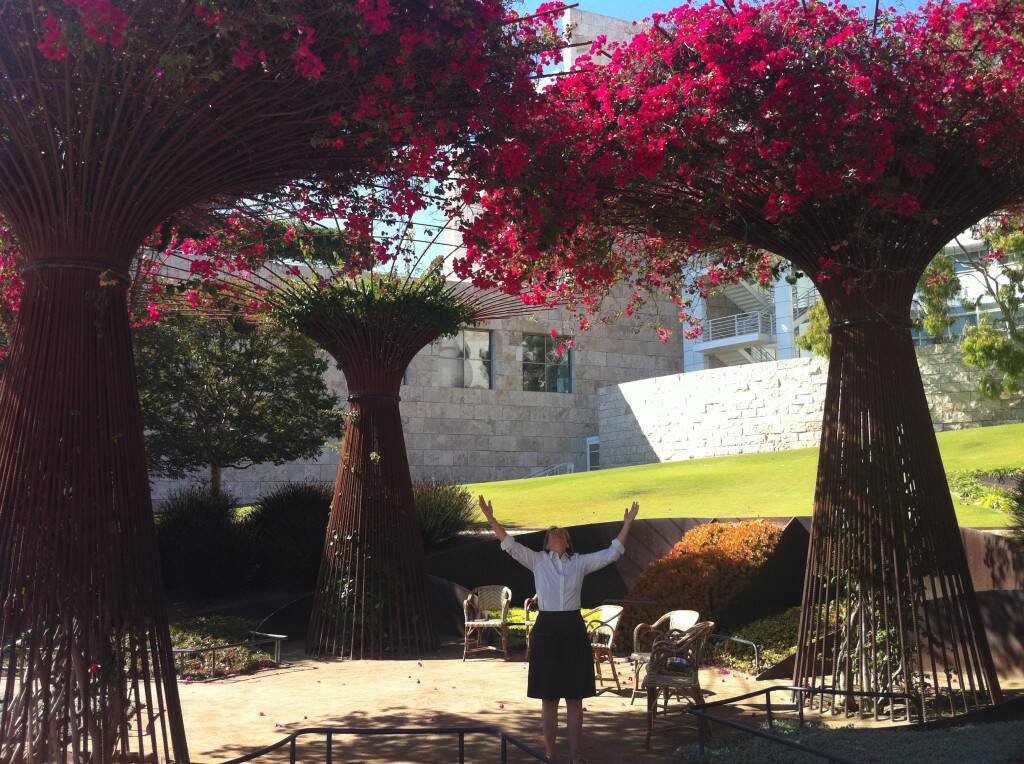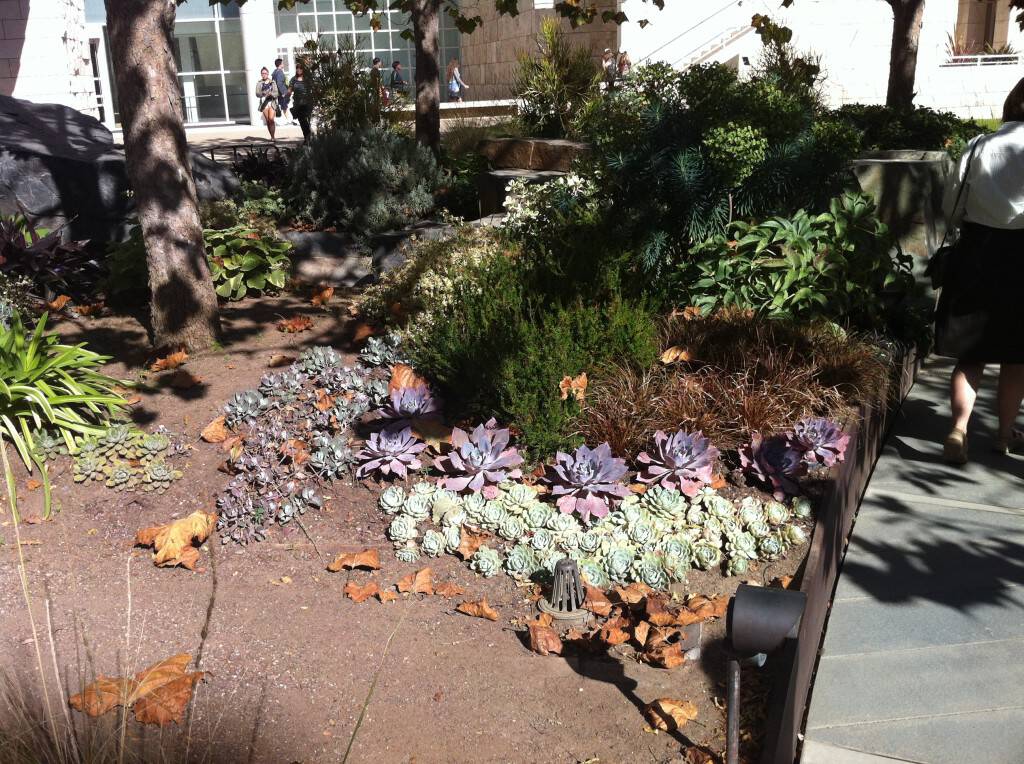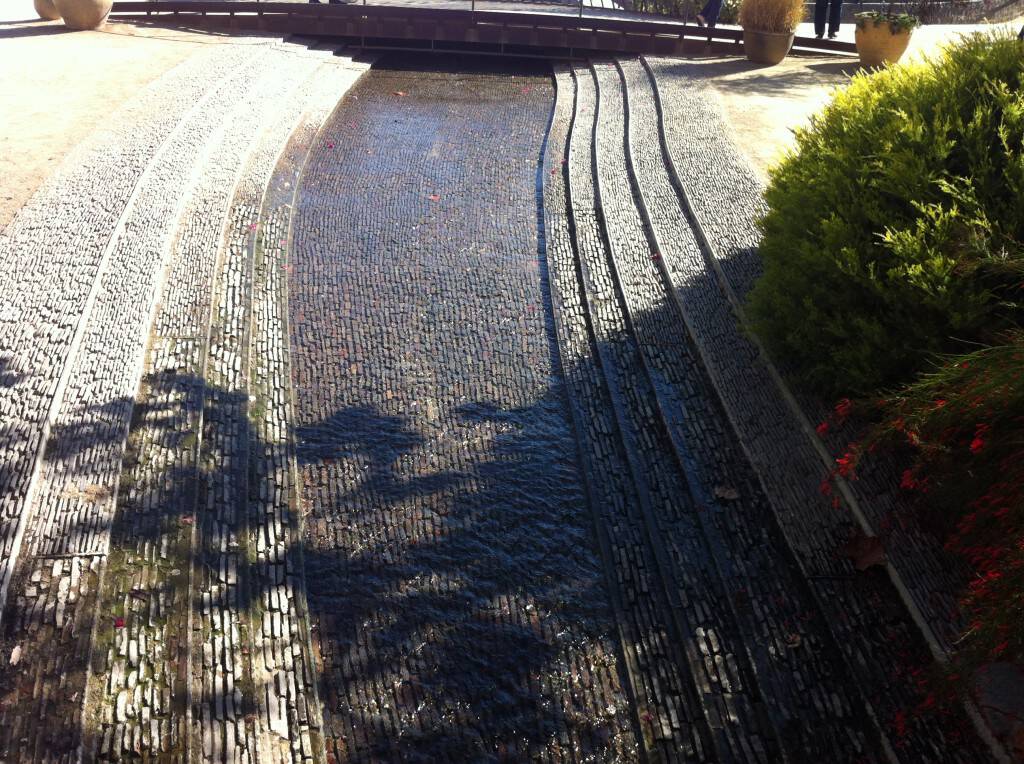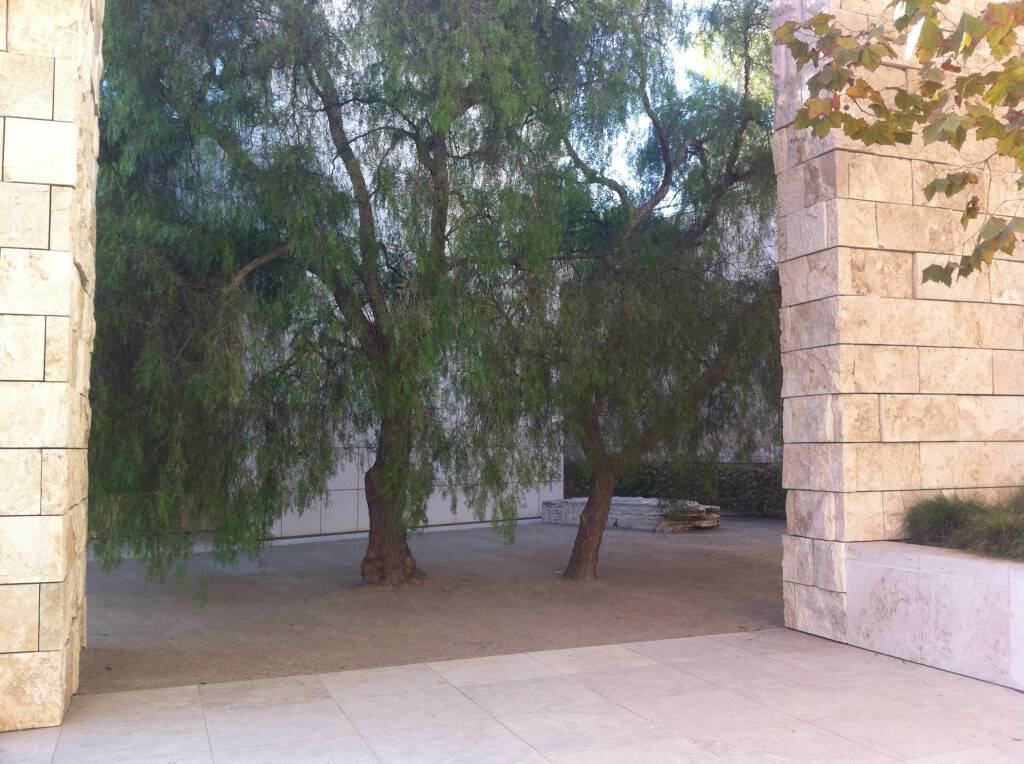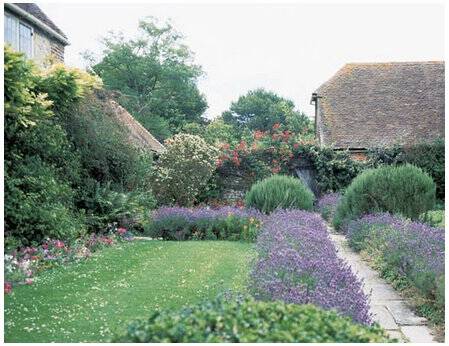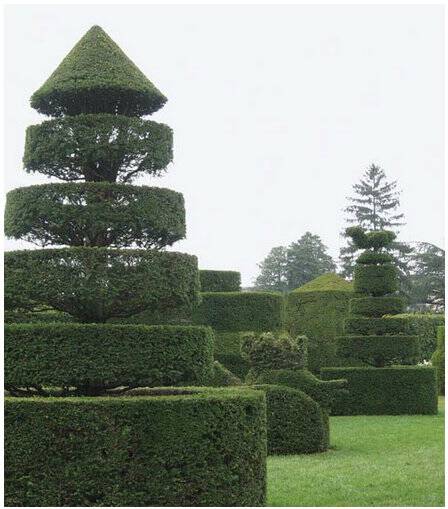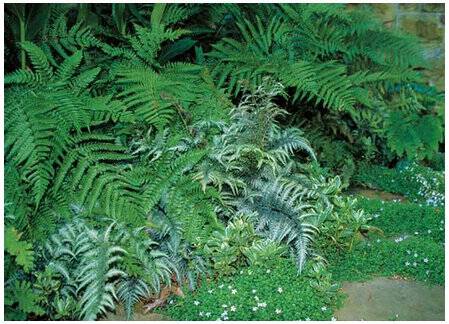As we previously shared, there are several design principles that must be taken into consideration in order to develop a timeless landscape. In the first part of this series, we covered axial relationships; focalization; symmetry and asymmetry; and repetition and rhythm. Today, we’ll continue our discussion on the principles of landscape design by taking a look at light and shadow; proportion and scale; and reflection.
Light and shadow, like color, often establish certain feelings or emotions within a landscape. Oftentimes, these can occur naturally, such as light filtering through the leaves and onto a garden floor in a pattern that is ever changing. Playing with light and shadow is a great way to create a serene and peaceful area one can retreat to at the end of a day.
In residential landscape design, proportion is used to develop “harmonious spatial relationships between the parts of a design and the whole.” More simply put, proportion is what helps create cohesiveness within the landscape. Scale refers to the size of certain elements in the landscape in relation to where it’s been placed. Sometimes we notice that elements of a landscape have been under-scaled – meaning objects are too small for their surroundings – or that they are out of scale, or too big for the area. Choosing appropriately-scaled elements for a landscape is essential in creating a balanced space.
Reflective qualities add so much to a landscape’s character and can also be used to set the area’s mood, bringing depth, mystery and drama to the space. The reflection of light in a landscape, especially when it’s reflected across water, instantly attracts the eye and adds life not only to the landscape, but the entire property as well.
The design principles of axial relationships; focalization; symmetry and asymmetry; repetition and rhythm; light and shadow; proportion and scale; and reflection are all necessary to create a timeless landscape design to enjoy for years to come. Contact Dargan Landscape Architects today to learn how we can help you develop a master plan or a tune-up for your property. We work with clients in all locations and can meet with you in person or virtually to discuss your needs and start planning your landscape’s new look.
For more information on creating a timeless landscape and to see further examples of these design principles at work, take a look at Mary Palmer’s book, Timeless Landscape Design.
